Search
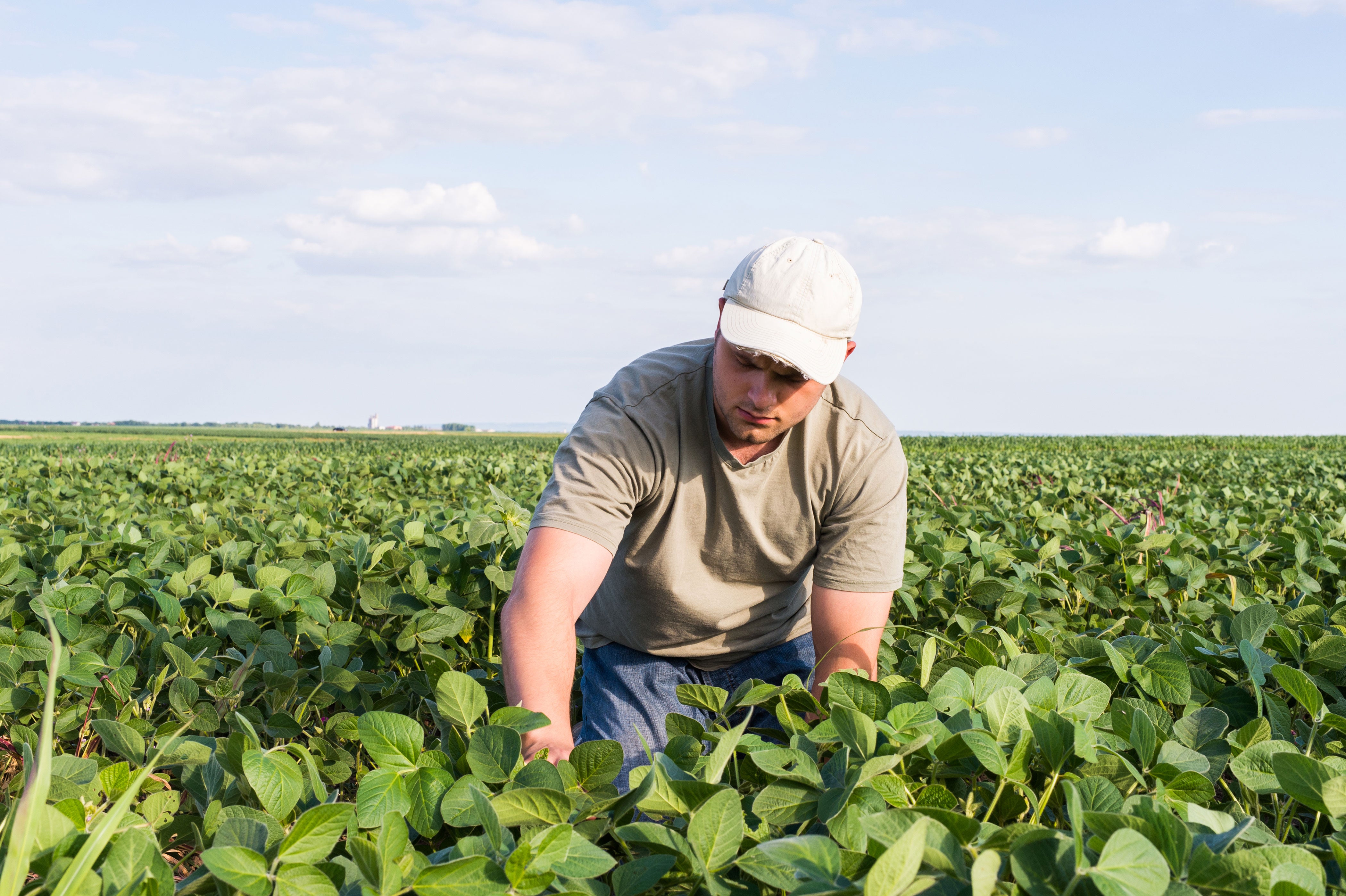
Should I Spray for Soybean Aphids? What’s the Threshold?
Although many soybean fields are behind schedule, so are the soybean aphid populations. In many reported areas, there are hotspots within a field where a few soybean plants may be heavily infested.
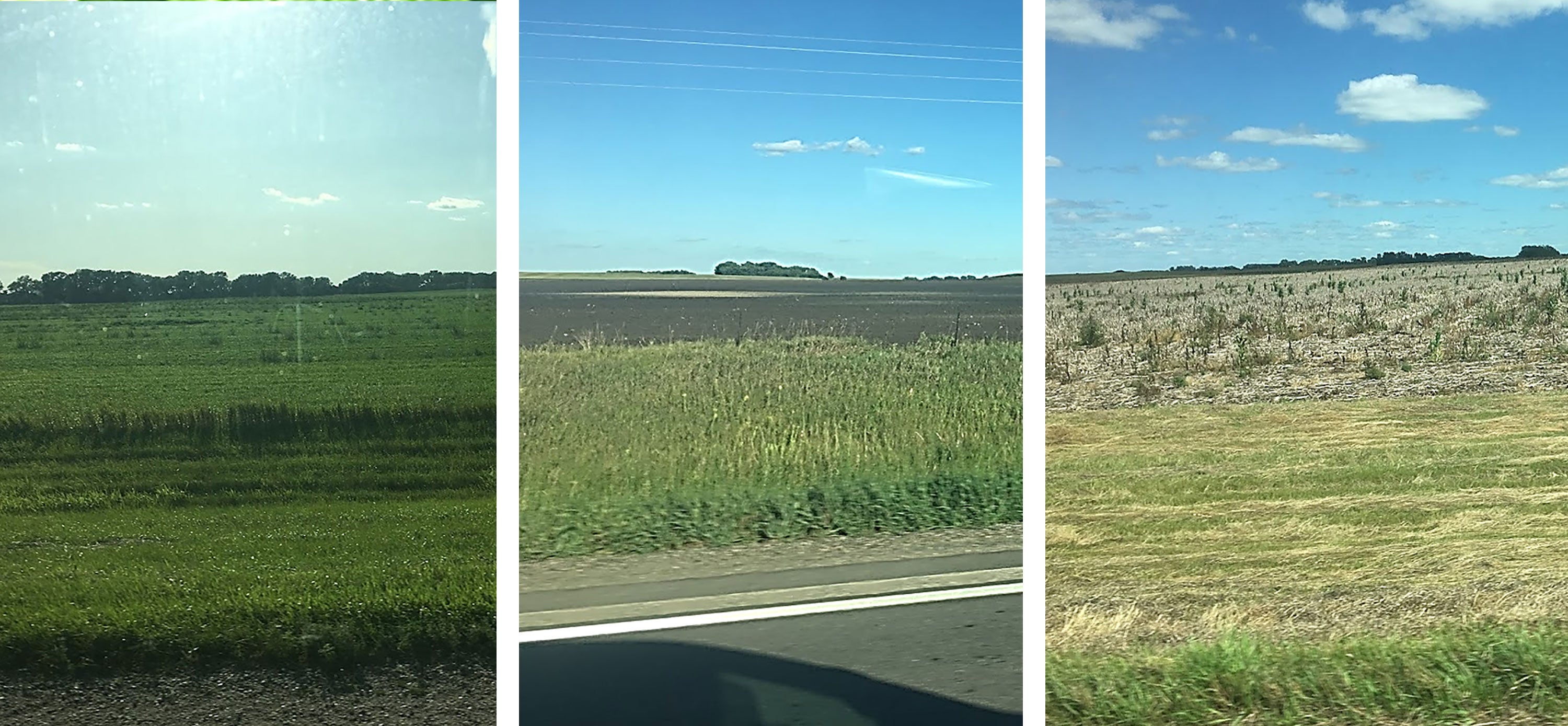
Prevent Plant: Its Effect on Fall and Spring Fertilizing Plans
Driving around South Dakota, you can see the many acres that farmers were not able to plant. Now that fall soil-sampling season is well on its way, many people have questions regarding how different situations of prevented planting will affect soil sampling and fertilizer application needs.
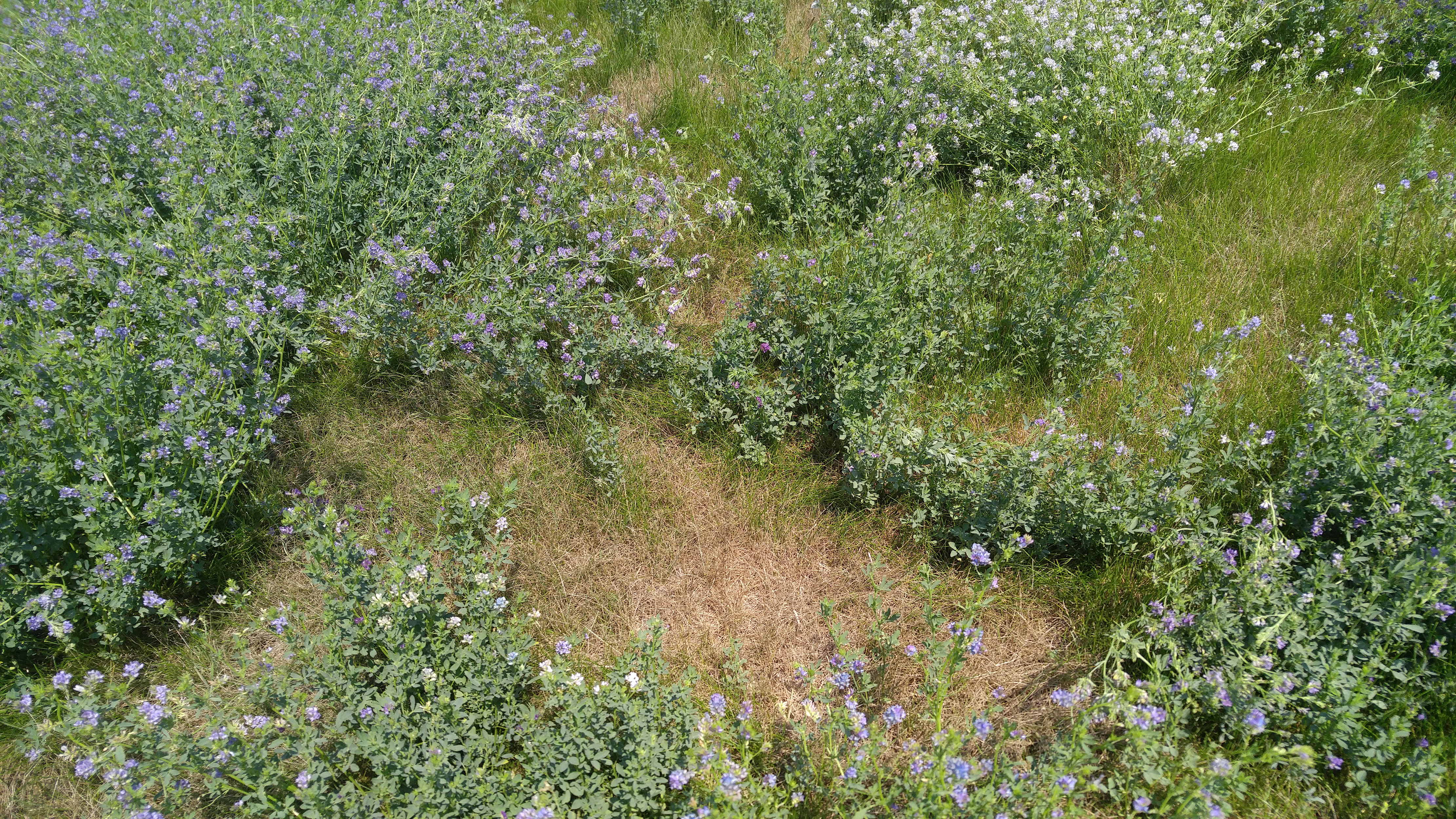
Scouting for Grasshoppers in Pasture and Alfalfa
For 2019, we have either received reports of very high grasshopper numbers or of very low or nearly absent populations. Most reports of high populations have originated from areas near rivers and other waterways. This suggests that the rich foliage along the banks of waterways has provided excellent habitat for grasshoppers and has boosted their populations in those areas.

Events & Opportunities
At the state level, 4-H opportunities are generally broken into the three Cs: camps, competitions and conferences.
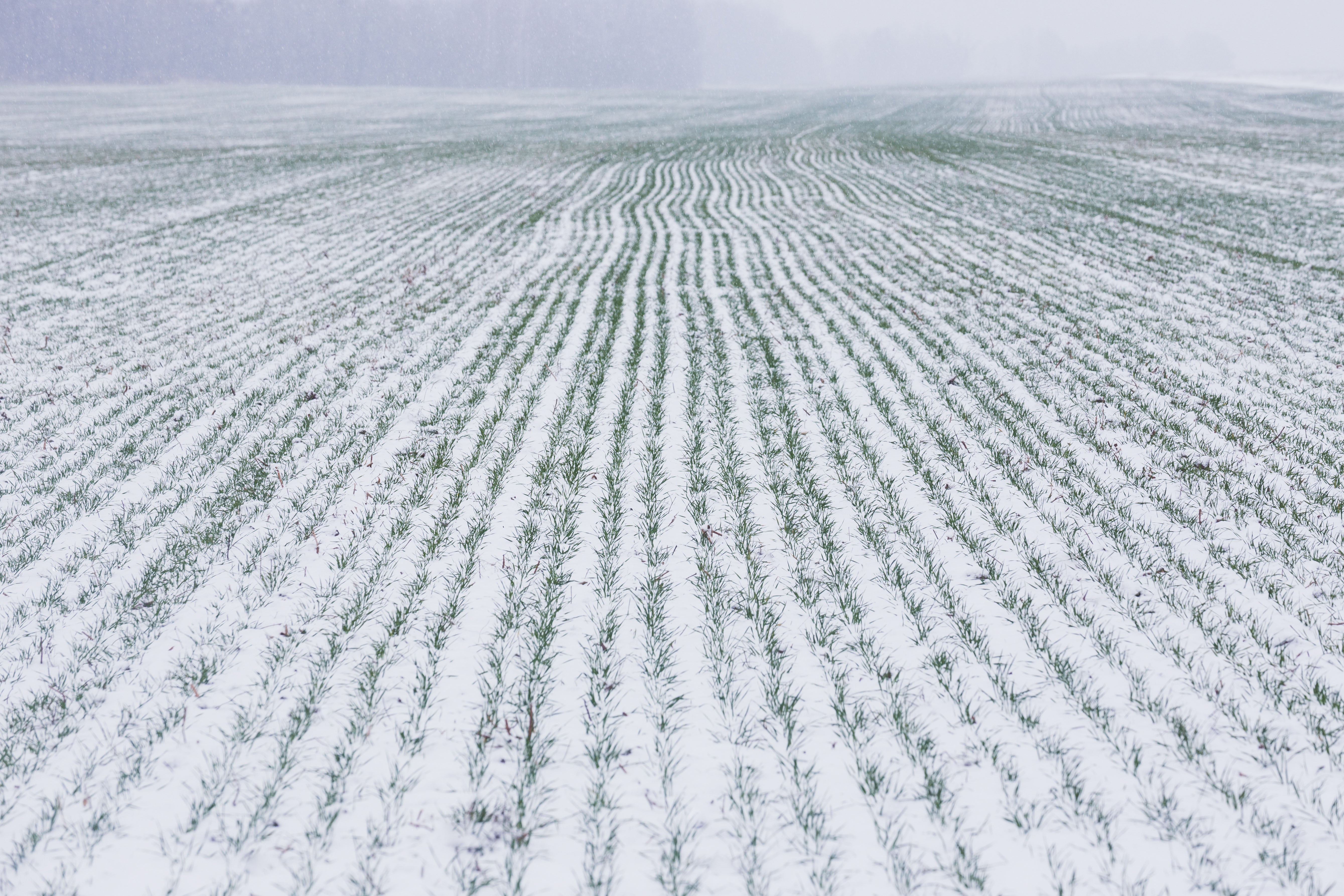
Effects of Snow on Wheat
Even though snow that comes with the onset of cool temperatures can be a nuisance for our daily activities, it can benefit a winter wheat crop a great deal.
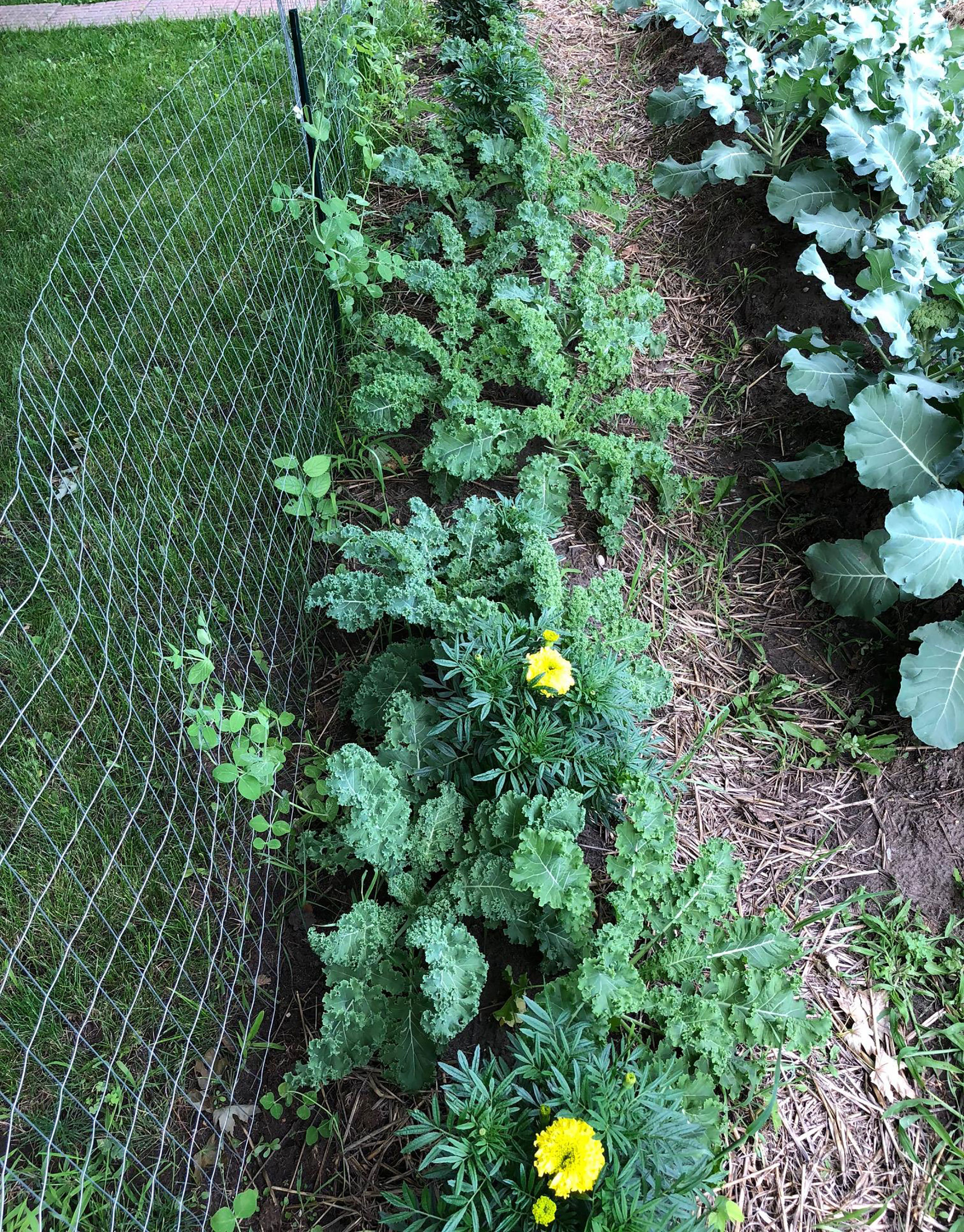
Organic Pest Control Methods
Integrated pest management is an environmentally conscious approach to managing insects, weeds and disease. By focusing on natural processes, growers use pest control methods beginning with the least toxic and amplifying the pest control needs gradually if problems persist.
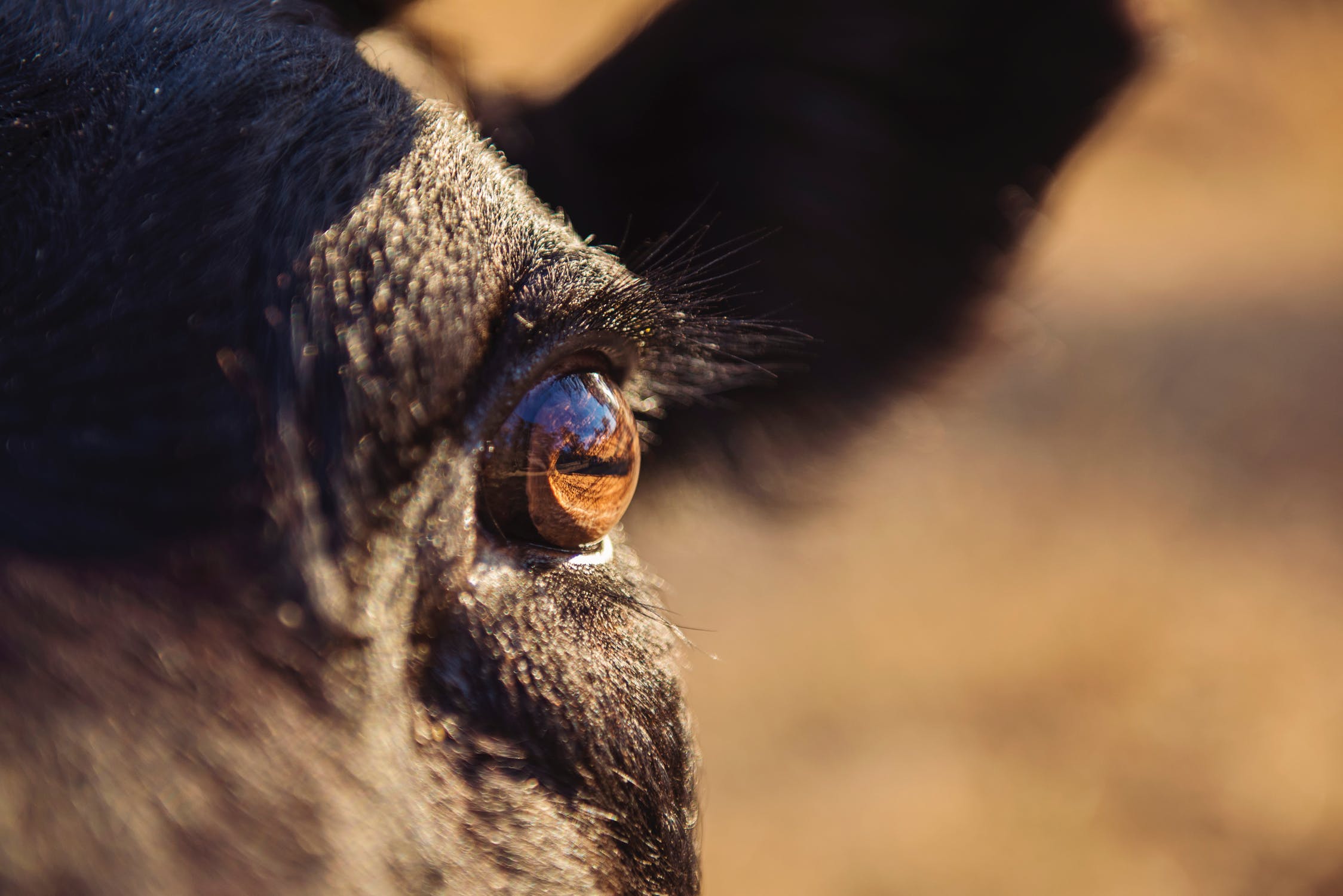
Anthrax: Vaccination Considerations
Anthrax is caused by bacteria, Bacillus anthracis, which has the ability to form very resistant spores in the soil. These spores can remain viable for many years on pasture, and become reactivated when the right environmental conditions exist. Fortunately for cattle producers, losses due to anthrax can be prevented through use of a vaccine that has proven its effectiveness through the years.

Sorghum Nitrogen Rates: Comparing recommendations from standard vs. Haney soil tests
A field scale replicated trial testing different fertilizer nitrogen rates on sorghum was conducted in Stanley County during the summer of 2016.
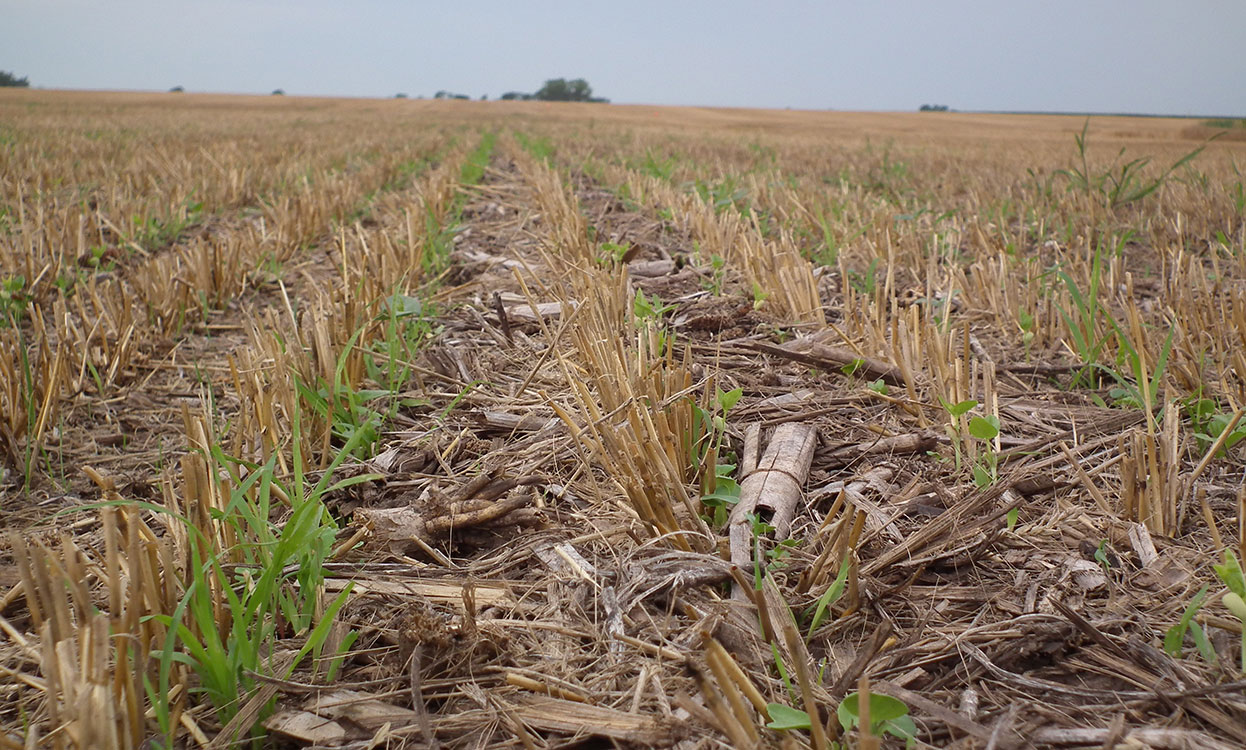
Soil Organic Matter Matters: How Conservation Practices Bring Value to Farmers
Conservation management practices, such as conservation tillage, cover crops, crop rotation and livestock integration, help improve soil health over time and offer producers numerous economic benefits.